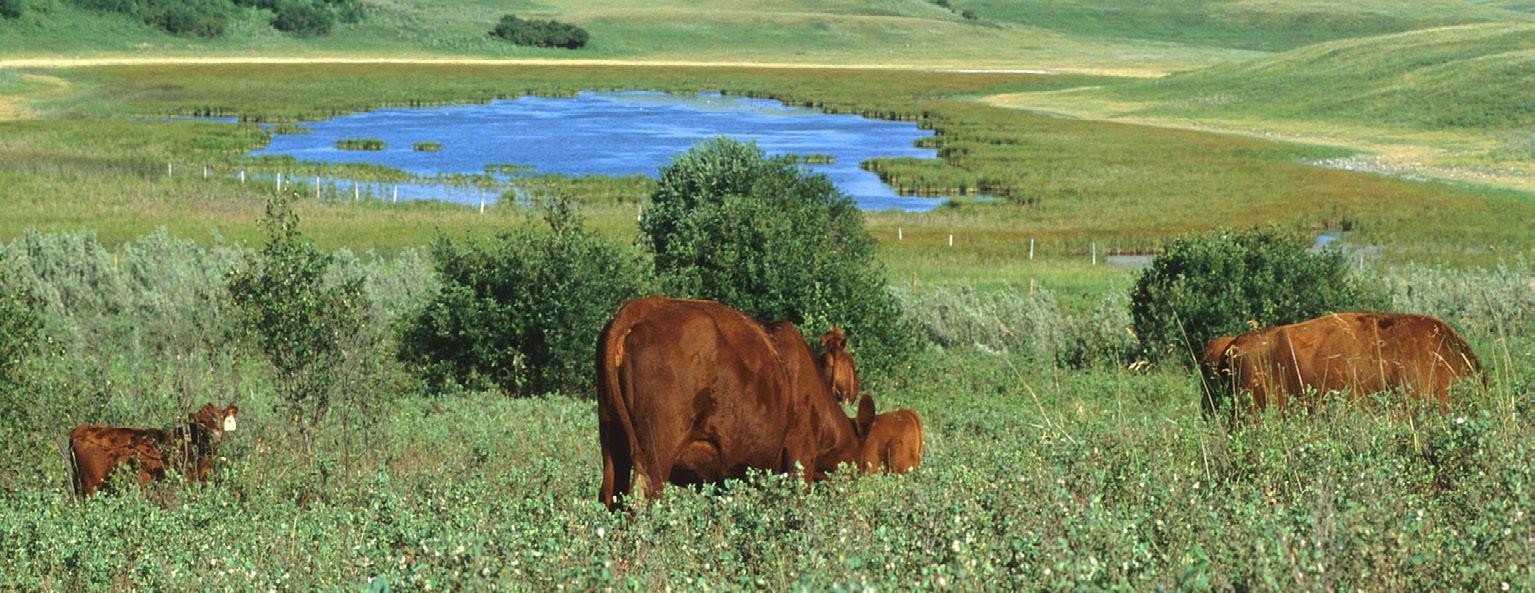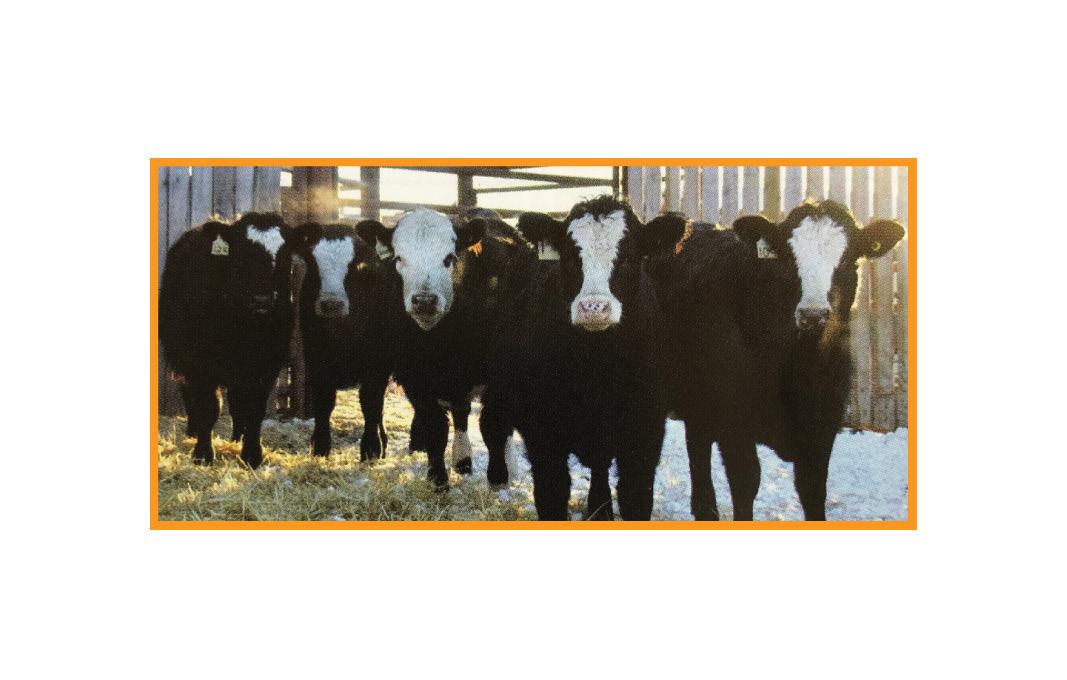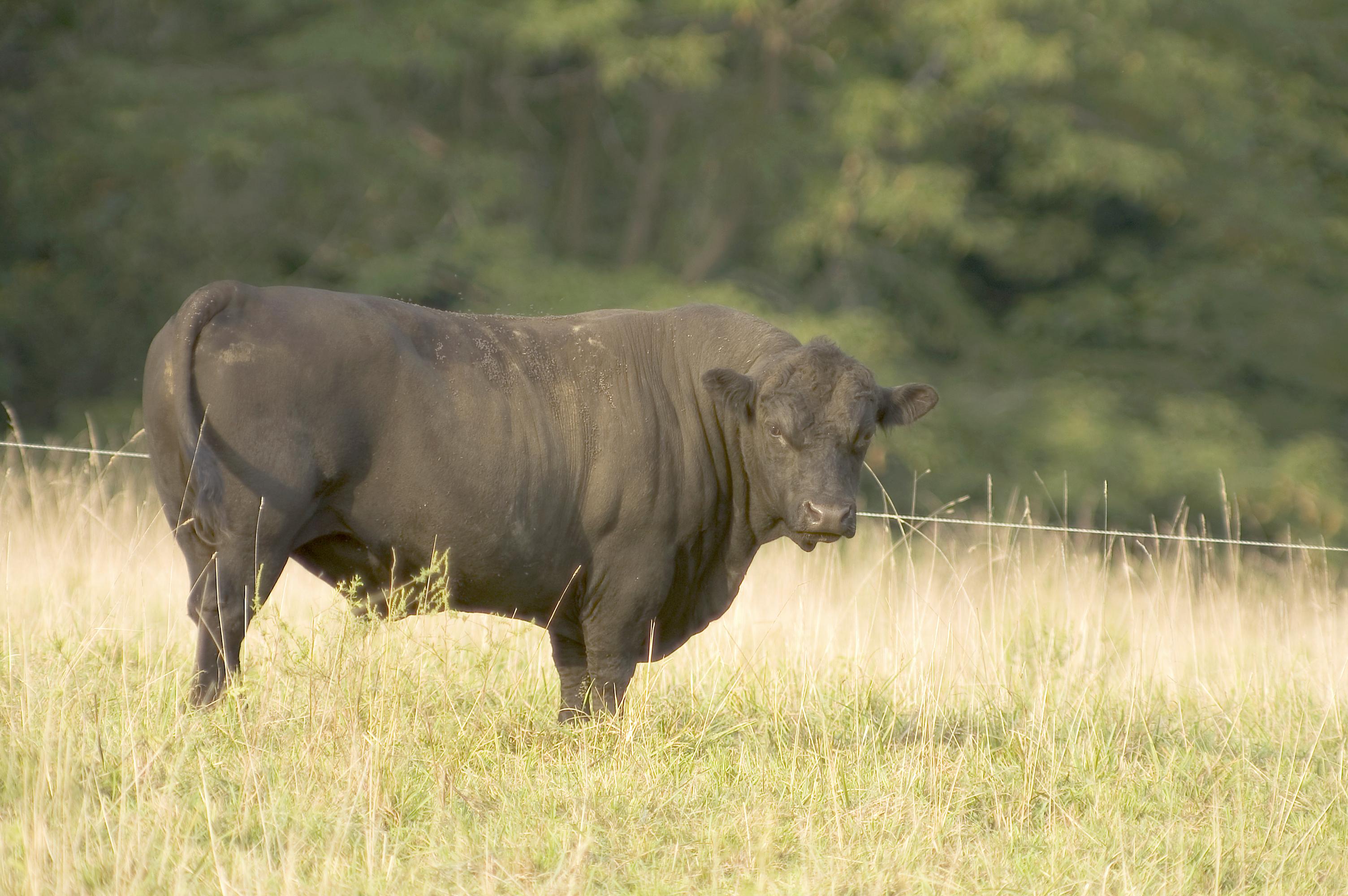
3 minute read
To Climb In 2022, FCC Reports
from 968
Fcc
Submitted
Advertisement
Calgary, Alberta, March 13, 2023 – The average value of Canadian farmland increased by 12.8 per cent in 2022, amid strong farm income, elevated input prices and rising interest rates. The demand for farmland remained robust and the supply of farmland available for sale continues to be limited, according to the latest FCC Farmland Values Report
Farmland values saw the highest increase since 2014 and follow gains of 8.3 per cent in 2021 and 5.4 per cent in 2020.
In Alberta, average farmland values increased by 10.0 per cent in 2022, following gains of 3.6 per cent in 2021 and 6.0 per cent in 2020.
“Challenging economic conditions could have been expected to slow the demand for farmland and the resulting price buyers paid for land in 2022,” said J.P. Gervais, FCC’s chief economist. “But the underlying fundamental factors in the farmland market tell another story.”
FCC estimates that oilseeds and pulses in Canada increased 18.3 per cent in 2022, and are projected to grow 9.4 per cent in 2023.
“Higher farm revenues are driving the demand for farmland, but higher borrowing costs and increased input prices are expected to lead to declines in the number of sales in 2023,” according to Gervais.





The highest average provincial increases in farmland values were observed in Ontario, Prince Edward Island and New Brunswick, with increases of 19.4, 18.7 and 17.1 per cent, respectively. Saskatchewan followed with a 14.2 per cent increase. Five provinces had average increases below the national average at 11.6 per cent in Nova Scotia, 11.2 per cent in M anitoba, 11.0 per cent in Quebec and 10.0 per cent in Alberta.
British Columbia is the only province to have recorded a single-digit increase at 8.0 per cent, but it is also a market where land values are the highest on average.
There was an insufficient number of publicly reported sales in Newfoundland and Labrador, Northwest Territo -
“It’s good practice to have and maintain a risk management plan that takes into account possible economic changes,” said Gervais. “When producers ensure their budgets have room to flex if commodity prices, yields or interest rates shift, they’re better off in the long run.” FCC also suggests producers to exercise caution, especially in regions where the growth rate of farmland values exceeded that of farm income in recent years, which was the case in most provinces.
Gervais acknowledges that higher farmland values pose a challenge for young producers, new entrants and other operations that are looking to expand.
“Land is more expensive now relative to income than it’s ever been. The ability to service debt and overall equity in the operation are critical factors of success going forward,” he said. “The good news is that farmland value increases reflect a positive outlook for the demand of agriculture commodities and the quality food we produce in Canada.”
“Producers have a long track record even before agriculture and food was identified as one of six sectors with the highest potential for growth by the Advisory Council on Economic Growth in 2016,” Gervais said. “These long-term investments in food production have spurred growth and create a bright future for Canada’s agriculture and food industry.”
By sharing agriculture economic knowledge and forecasts, FCC provides solid insights and expertise to help those in the business of agriculture achieve their goals. For more information and insights, visit fcc.ca/Economics
FCC is Canada’s leading agriculture and food lender, with a healthy loan portfolio of more than $47 billion. Our employees are dedicated to the future of Canadian agriculture and food. We provide flexible financing, AgExpert management software, information and knowledge specifically designed for the agriculture and food industry. As a Crown corporation, we provide an appropriate return to our shareholder, and reinvest our profits back into the industry and communities we serve. For more information, visit fcc.ca wners that include wetland conservation and restoration methods for their lands also know that their actions will help to keep their land’s productivity intact – for now and for future
There’s a world of reasons why wetlands are important to the landscape. Wetlands prevent soil erosion. For grazing herds, wetlands provide clean drinking water. For forage, cereal and oilseed crop producers, wetlands recharge groundwater during the growing season to make crops more profitable. For waterfowl and wildlife, wetlands provide excellent habitat and enhance the area’s biodiversity.
In general, wetlands: l Make rangeland and forage crops more productive l Reduce the effects of flood and drought by retaining run-off water l Act as filters to improve water quality and reduce watershed sedimentation l Reduce greenhouse gases by absorbing carbon emissions l Recharge groundwater l Reduce soil erosion l Support biodiversity l Provide habitat waterfowl and wildlife
Partners in the field Ducks Unlimited Canada (DUC) has wetland conservation and restoration programs designed to benefit all landowners, whether your interests are in cattle, crops, grazing or recreational use.

A conversation with a DUC conservation specialist can open the door to ideas and incentives that can make your land more productive, sustainable and diverse for generations to come.
Let’s talk
For more information about wetland conservation and restoration, contact:
1-866-479-3825 .ducks.ca
















